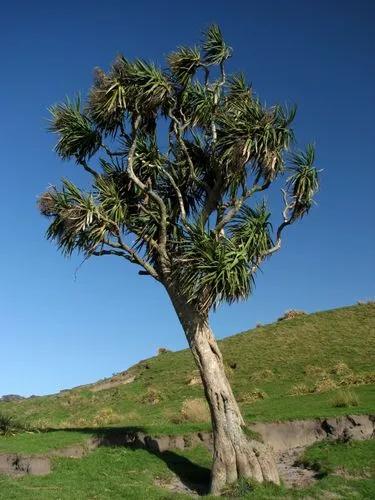Elms are loved for their graceful, stately shape, with branches like spreading fountains, and their green leaves that turn gold in fall. Sadly, the American elm (Ulmus americana) can no longer be recommended because it is vulnerable to a devastating pathogen called Dutch elm disease. However, due in part to research at The Morton Arboretum, other species and hybrids that are more resistant to the disease are available for planting. The biggest lesson learned from the devastation of Dutch elm disease is the importance of having a variety of trees along streets, in parks, and in home landscapes so that no disease or pest that may arrive can kill a large proportion of the trees. The American elm was the most popular tree to plant in the booming cities of the 19th century, so that by the 20th century many streets were lined with only elms and were shaded in summer by a cathedral-like ceiling of their branches. When Dutch elm disease (which actually originated in Asia) spread to the US in the 1950s, it was able to mow down elm after elm through their grafted root systems or with the help of a beetle. Today, arborists and foresters are careful to plant a diverse range of trees that will not all be vulnerable to any particular pest, disease or weather conditions.
American Elm Care
Ulmus Americana



What is the plant
How to Care for the Plant

Water

Water regularly until established.

Pruning

Prune when dormant, in late autumn or winter.

Fertilizer

Apply a balanced fertilizer before new growth appears in spring.
Ease your plant care routine with PlantIn's personalized system.

Sunlight

Sun to Part Shade

Soil

Fertile, well-drained soil.

Temperature

Lowest Temperature: -40° to -30°F (-40° to -34°C)
Ease your plant care routine with PlantIn's personalized system.

Popularity

2,242 people already have this plant 456 people have added this plant to their wishlists
What's wrong with your plant?
Related Plants
Discover more plants with the list below
Popular articles






